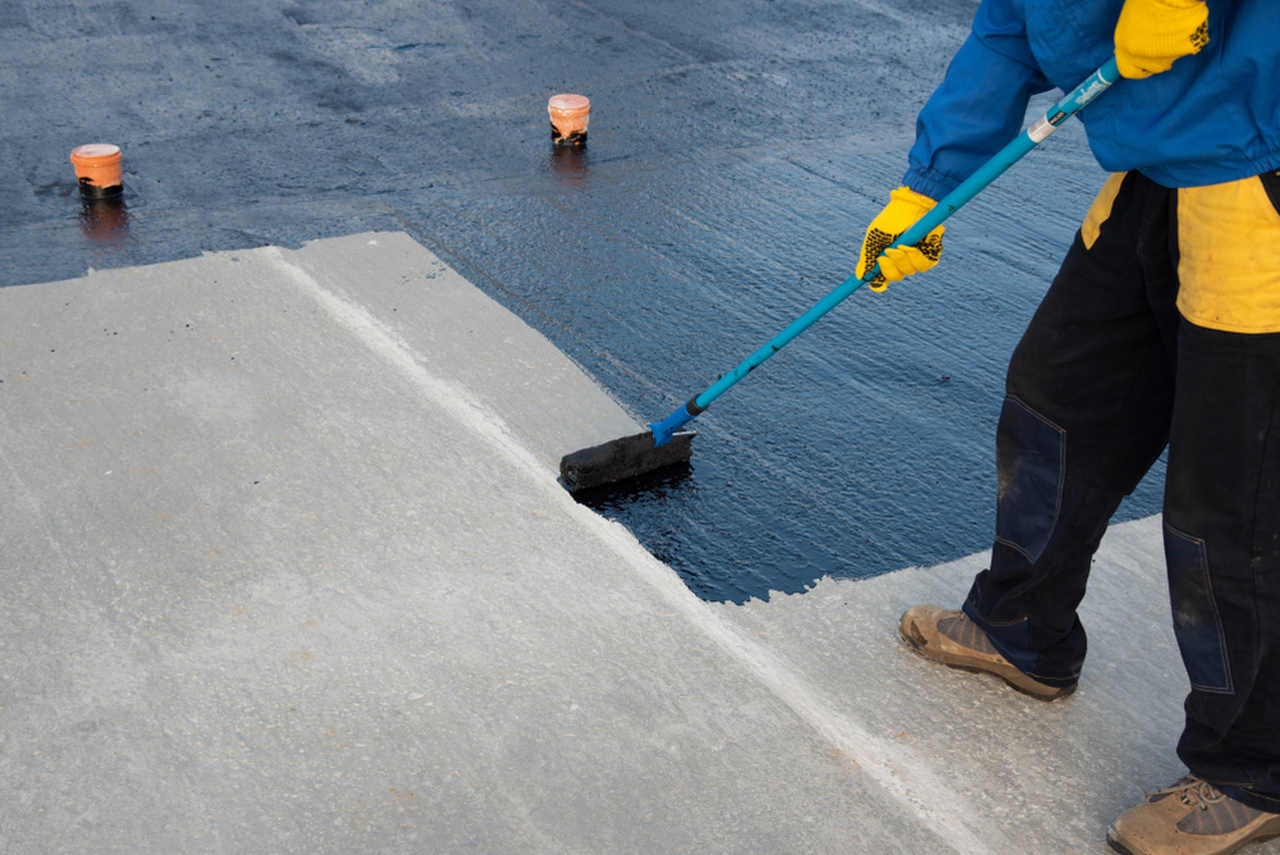While we turn into the horizon, the significance of waterproofing solutions continues to grow, particularly in the light of evolving climate patterns and rising rainfall. Property owners and builders alike are becoming increasingly mindful of the vital role that adequate waterproofing holds in shielding their properties from moisture issues. It is not just about maintaining spaces dry; it is about safeguarding structural integrity, boosting energy savings, and supporting overall health in living and commercial environments.
In this extensive exploration of waterproofing techniques, we will explore essential topics such as the necessity of waterproofing for every home and building, the economic benefits of early action, and common fallacies that need clarifying. Additionally, we will provide information into the differences between interior and exterior solutions, the relevance of waterproofing in multiple areas like basements, ceilings, and restrooms, and tips on how to select the best products and professionals. If you are a property owner tackling self-managed projects or a commercial real estate manager seeking professional services, this guide will equip you with the information you need to make educated decisions about waterproofing methods.
Essential Hydroproofing Techniques
One of the most important techniques in waterproofing is the application of barriers. This consists of creating a defensive layer that stops moisture from seeping into surfaces such as partitions, overheads, and bases. Materials such as waterproof membranes and coatings are frequently used in both domestic and business applications. These barriers are particularly vital in areas liable to heavy rainfall, ensuring that water does not cause physical damage or foster mold growth.
Another efficient method is the use of drainage. Proper drainage redirects water away from vulnerable areas, mitigating the risks associated with flooding and water build-up. Excavated drains, sump pumps, and downspouts are essential tools in managing water flow. By strategically placing drainage systems, homeowners can protect crawl spaces and foundations, ultimately protecting the integrity of their property.
Lastly, regular maintenance and inspections play a significant role in effective waterproofing. Frequently checking for gaps, gaps, and signs of water damage can help identify issues before they intensify. This preventive approach not only saves money on costly repairs but also increases the life of waterproofing systems. Staying vigilant and caring for all waterproofing measures is essential for any house or building to ensure long-term protection against water damage.
Financial Analysis Study of Waterproofing Solutions
Putting money into waterproofing can yield significant long-term savings, making it a wise decision for homeowners and landlords alike. By identifying and addressing potential water issues early, you may sidestep expensive repairs that arise from damaged infrastructure, mold cleanup, or different water-related problems. The investment of conducting waterproofing measures, whether it’s in the basement, roof, or exterior walls, is minimal compared to the likelihood of financial burden of significant damage and the related repair costs.
Apart from just repairs, waterproofing can also enhance the worth of your property. A properly maintained and waterproofed home is more attractive to buyers and renters, culminating in greater resale or rental prices. Additionally, waterproofing lessens the likelihood of moisture-related issues that can deteriorate your property's integrity over time, guaranteeing it remains a stable and attractive investment. This aspect is particularly important in regions that experience heavy rainfall or flooding, where waterproofing is even more essential.
Furthermore, waterproofing boosts better energy efficiency within your home or building. Properly leaky basement assist in eliminating drafts, lessen the workload on heating and cooling systems, and decrease utility bills. This energy efficiency, together with the avoidance of steep repairs, improves the overall cost-effectiveness of waterproofing investments. Ultimately, the benefits of waterproofing extend mere protection against water damage, highlighting its value as a versatile investment for any property owner.
Choosing the Right Waterproofing Solutions

Determining the appropriate waterproofing solutions for your home or edifice is crucial to securing long-term protection against leakage. Begin by evaluating the specific demands of your building. Different areas may necessitate diverse methods; for case in point, basements typically call for a combination of interior and exterior waterproofing, while roofs may benefit more from top-notch coatings. Take into account considerations such as weather conditions, building materials, and the background of moisture problems in your area when deciding the best strategy.
It is crucial to consider DIY options against expert services. While some property owners may opt to handle smaller waterproofing tasks themselves, larger projects or those that require specialized knowledge could be best handled by professionals. Research the pros and cons of each option, including pricing, efficacy, and the time commitment. Engaging a licensed waterproofing contractor can confirm that the job is done correctly and that you avoid frequent mistakes that may arise from inadequate work.
Ultimately, emphasize quality over cost when selecting materials. Putting money in high-quality waterproofing solutions can save you substantial money in fixes down the line. Look for coatings and membranes that have established efficacy in your specific setting and that come with solid warranties. Remember that the proper waterproofing option not only safeguards your property but also improves its value and energy efficiency, making your purchase well worth it.
